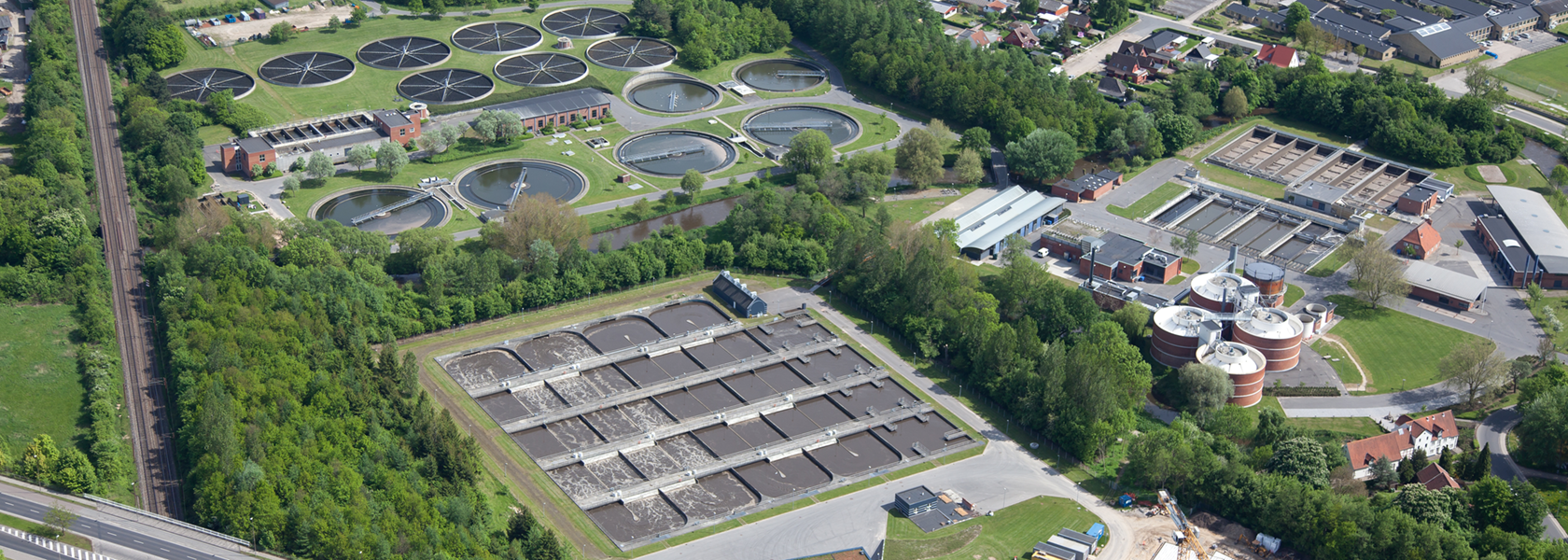Energy Production Lead to Increased N2O Emission
Wastewater treatment has previously been a very energy-intensive process, but in recent years the industry has focused on reducing CO2 emissions. VCS Denmark, one of the largest and oldest water and wastewater companies in Denmark, is actively committed to resource optimization. One of the major efforts has been on optimizing its biggest treatment plant – Ejby Mølle Renseanlæg – to produce significantly more energy than it consumes. However, in its efforts to achieve its goal, VCS Denmark encountered a problem: When you reduce energy consumption in the complex microbiological treatment process, you also potentially increase N2O emissions. N2O is a potent, overlooked greenhouse gas which – when emitted – has an eco footprint 273 times that of CO2.
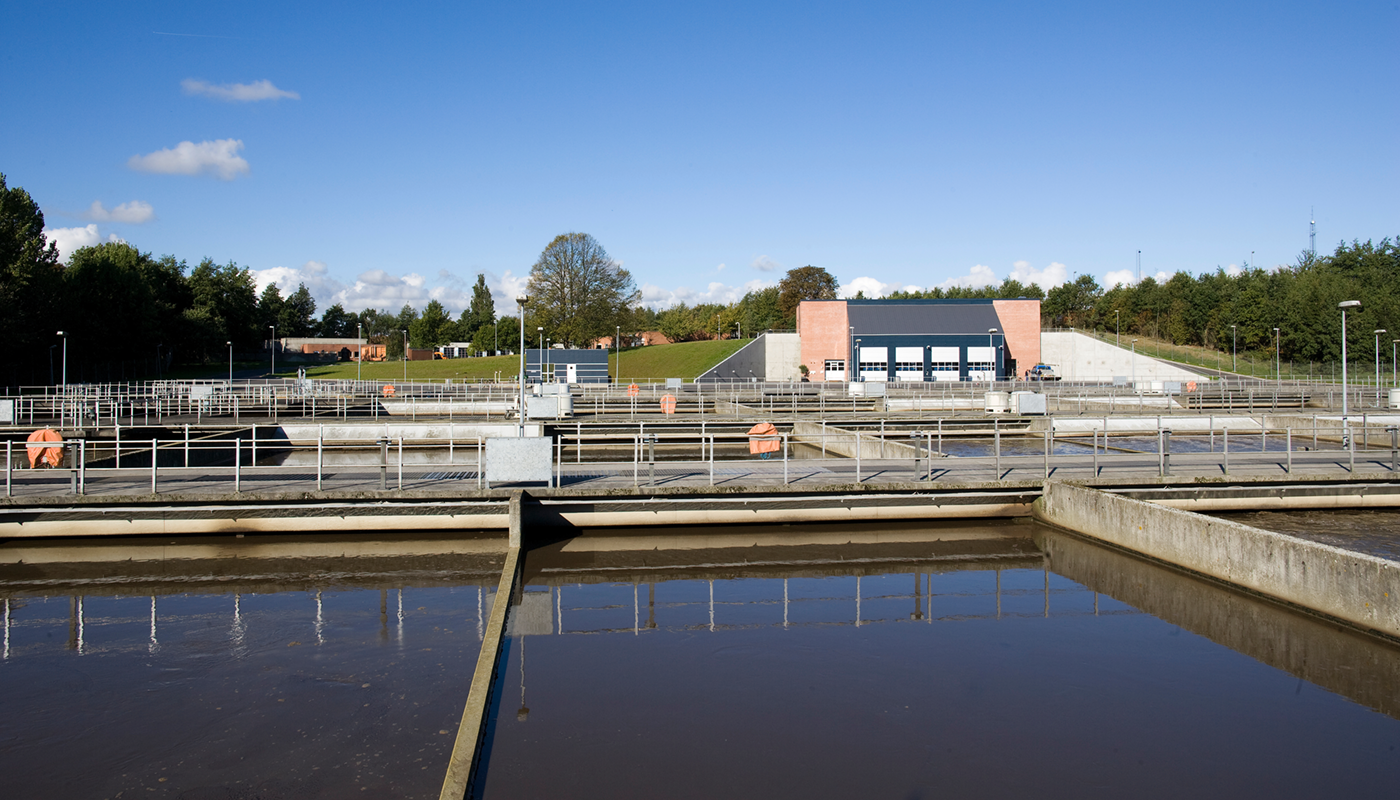
Measurement Technology Reads N2O Concentration
Increased levels of N2O do not sit well with VCS Denmark’s goal of reducing greenhouse gas emissions and becoming CO2 neutral. The company therefore decided to invest in N2O sensors from Unisense Environment. “We wanted to measure N2O levels in our wastewater treatment tanks, as these data enable us to optimize the operation of our treatment plants and reduce N2O emissions. Unisense Environment had the technology we were looking for – and at a very affordable price,” explains Per Henrik Nielsen, Project Manager at VCS Denmark.
Unisense Environment’s measurement technology integrates with VCS Denmark’s monitoring system, enabling the water company to monitor N2O concentration along with ammonium, nitrate, oxygen, and redox potential.
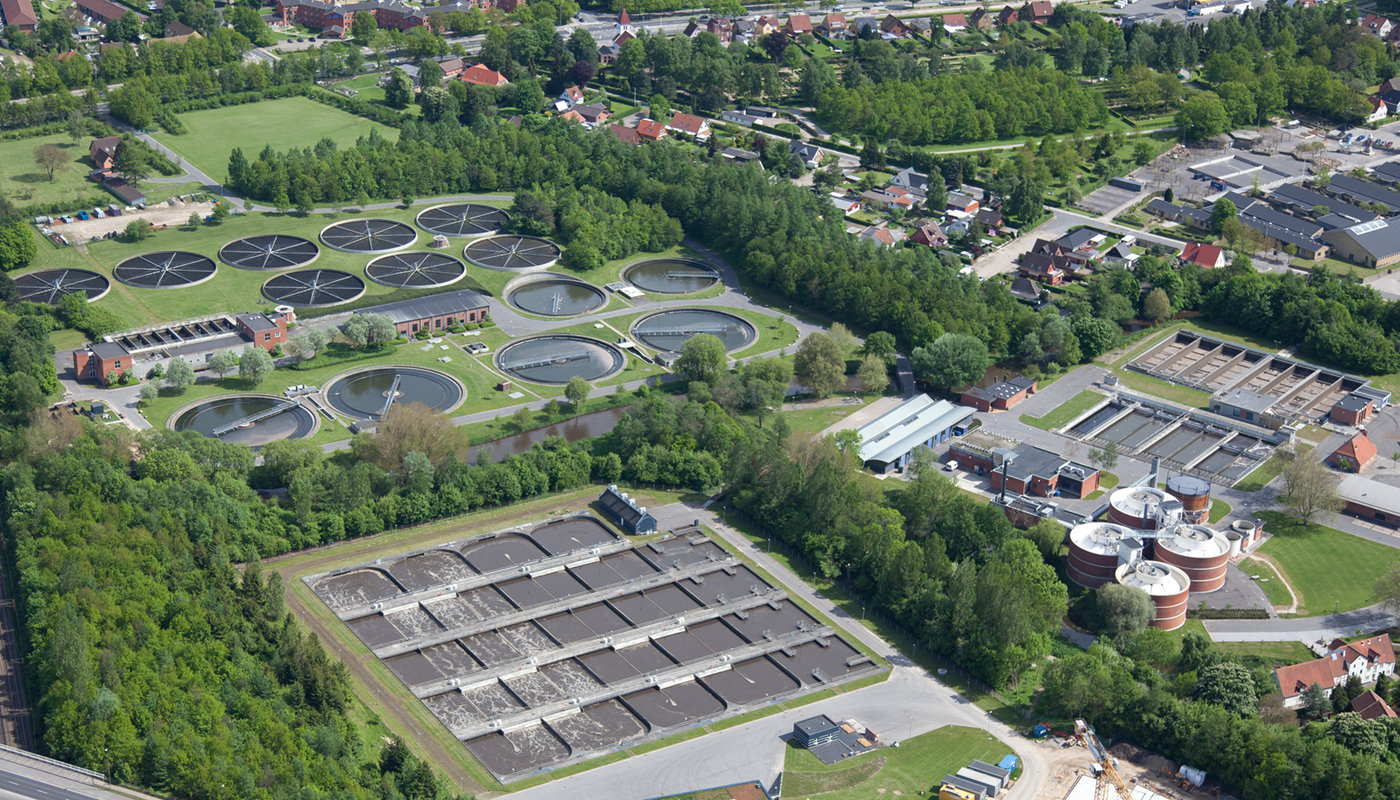
N2O measurement – a giant leap forward
N2O concentration and emission data have been scarce. Therefore, the wastewater treatment companies have based their control efforts on guesswork and lab tests from the 1990s. Armed with the new technology, however, VCS Denmark can measure N2O concentration levels with a high degree of accuracy.
“There’s a big difference between lab tests and the real world. So it’s a huge leap forward to be able to perform stable, full-scale, online N2O measurements in an industrial context online 365 days a year using Unisense Environment’s measurement technology,” says Per Henrik Nielsen.
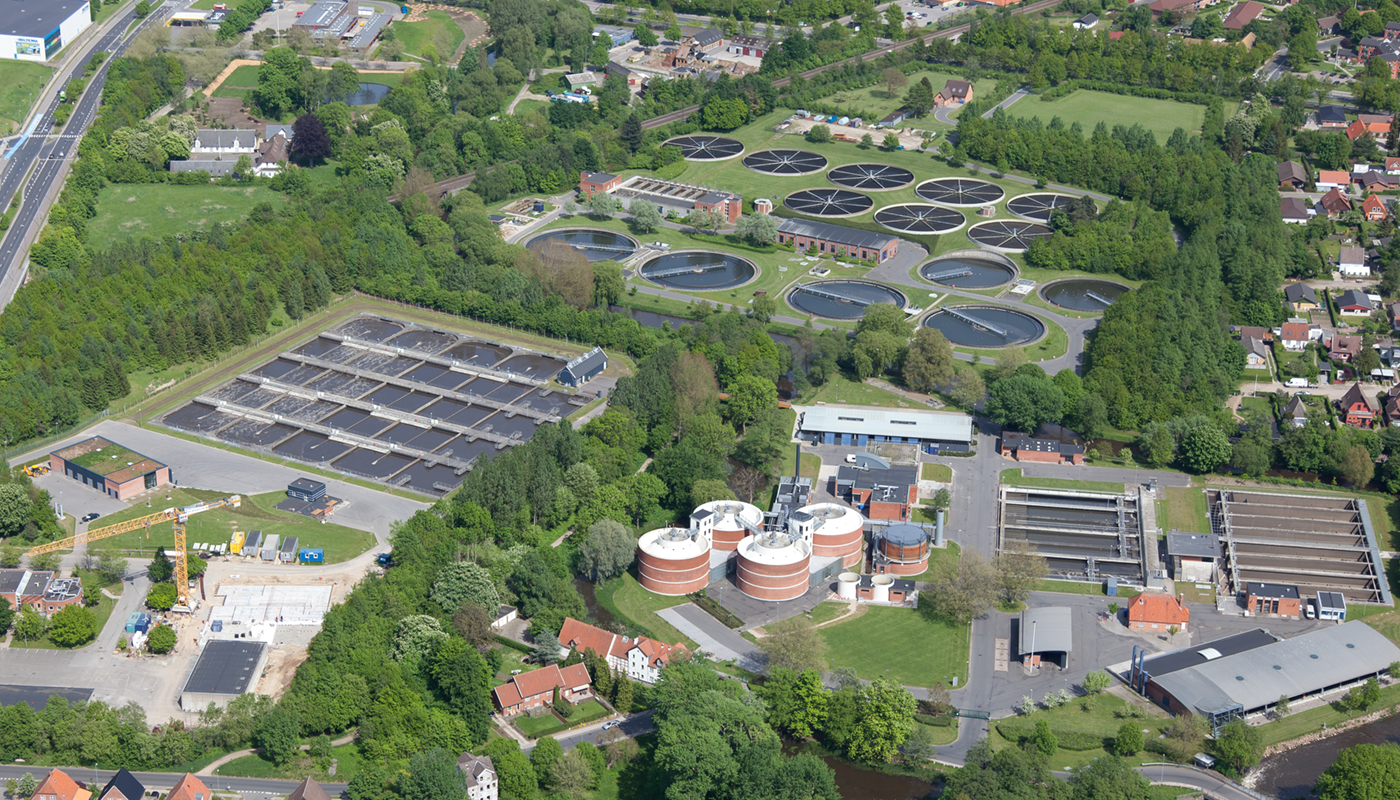
Deep Background Knowledge and Respect for Practice
The measurement technology was jointly developed by Unisense Environment and VCS Denmark with the help of DHI, and the project was funded by The Foundation for Development of Technology in the Danish Water Sector and Aarhus Water.
The development process has been so smooth that the measurement technology was developed and made implementable in record time. Per Henrik Nielsen believes this has a lot to do with Unisense Environment’s attitude and business approach.
“Unisense Environment possesses extensive theoretical background knowledge and a deep understanding of the biological processes in wastewater treatment. They have also shown a great deal of respect for how things work in practice and understand our operational needs. That’s a rare but highly desirable combination, which we value highly,” he concludes.
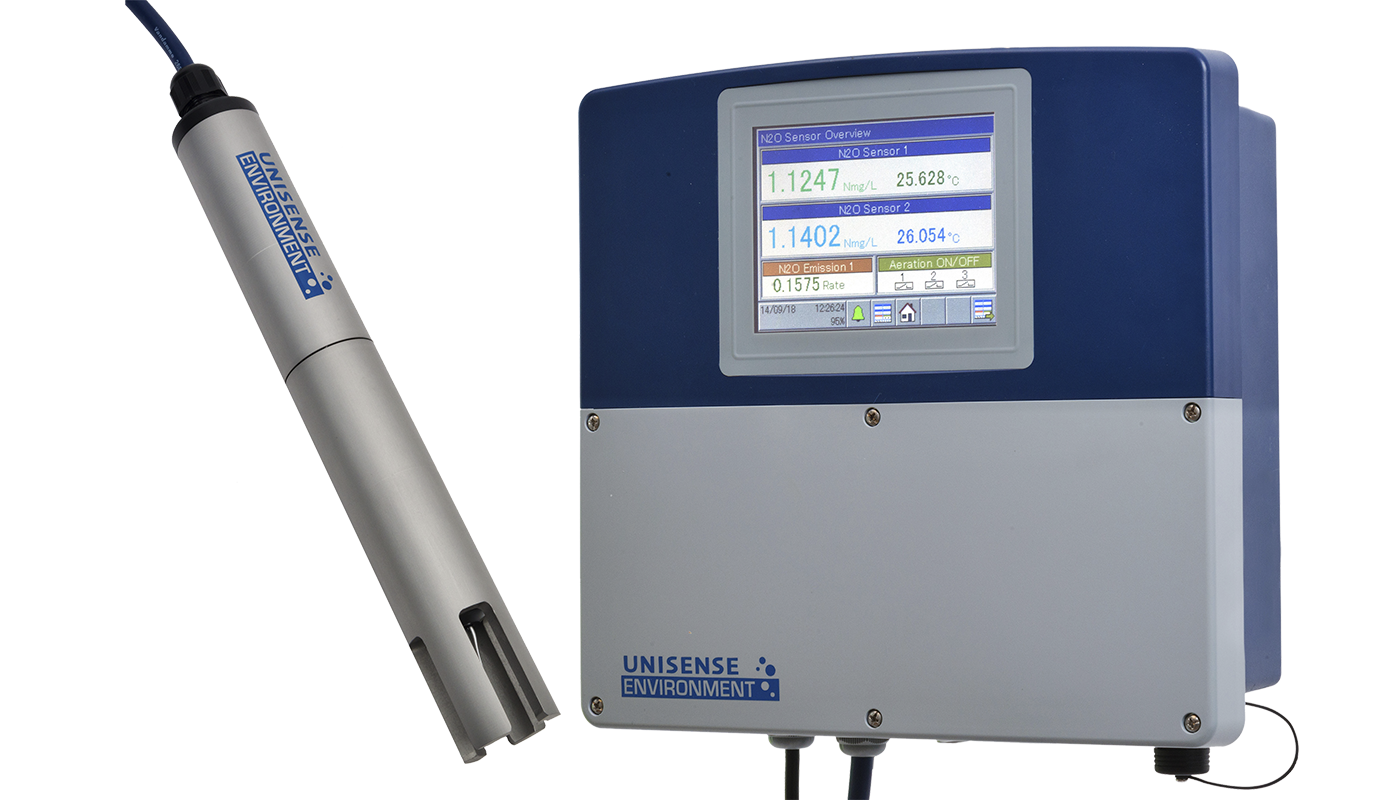
Tech Notes & References
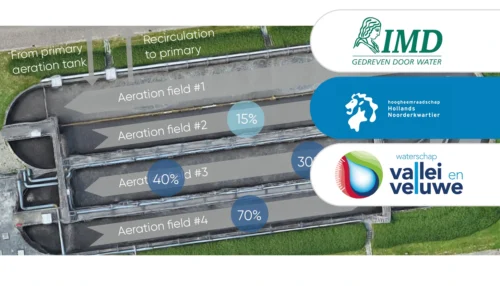
Two liquid phase N2O sensors accurately represent process dynamics and emissions in most common raceway and recirculation reactors.
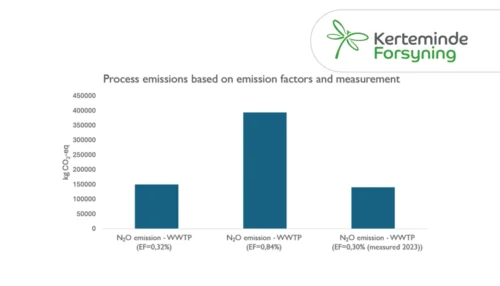
Learn how Kerteminde Forsyning applied nitrous oxide data to reduce the formation of N2O while maintaining low nitrogen emissions
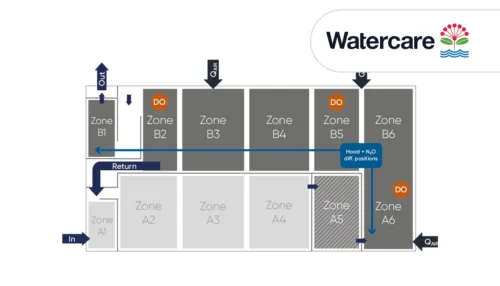
Case Study: Full-scale comparison of N2O emissions determined by liquid sensors and off-gas measurement
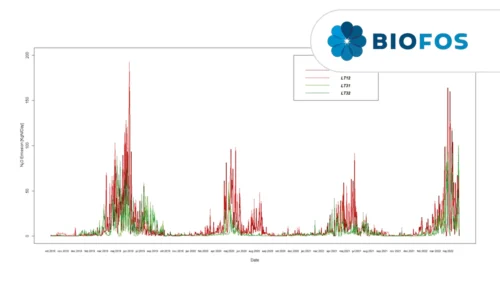
Significant 3-fold increase in IPCC2019 wastewater N2O emission factor supported by Danish studies.
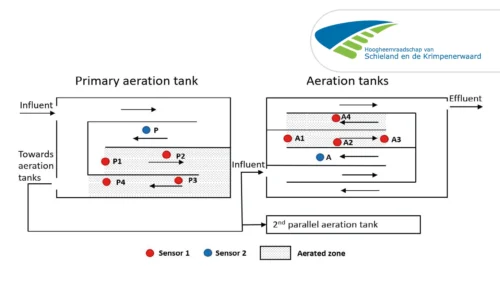
A case study from Kralingseveer WWTP in the Netherlands explores the influence of sensor placement.
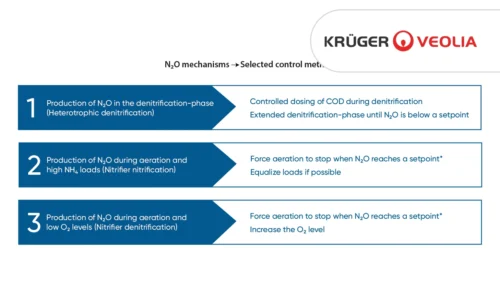
Based on data from Danish WWTPs through advanced online-control.
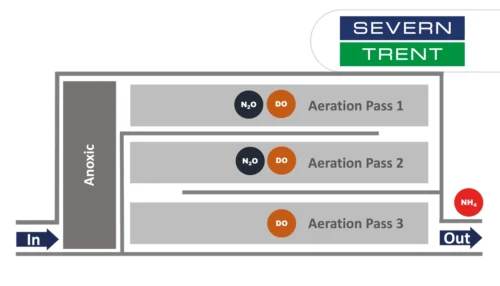
Learn about the results from N2O monitoring in the activated sludge tanks at Severn Trent’s Spernal sewage treatment plant
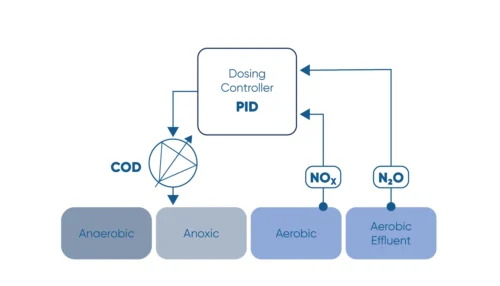
Monitor the N2O concentration in the liquid and use N2O as a control parameter for carbon dosage in the denitrification process.
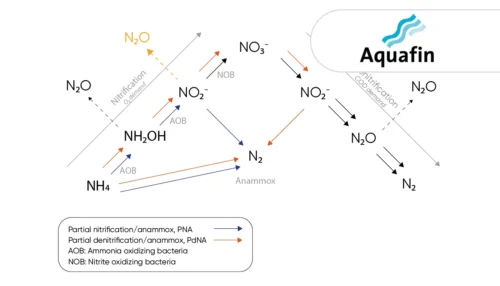
Learn how the water utility Aquafin controls emissions from deammonification processes using the the N2O Wastewater Sensor
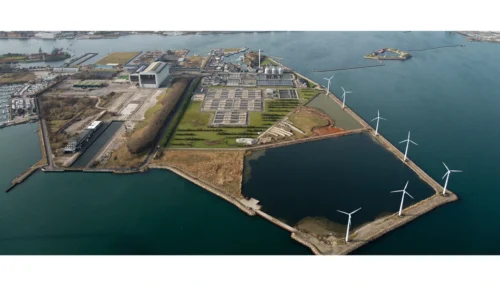
Greenhouse gas emissions at wastewater treatment plants are coming into focus as the water industry works to reduce its climate footprint
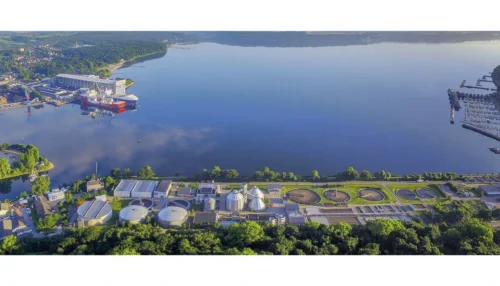
The investment costs had initially deterred us somewhat. However ...
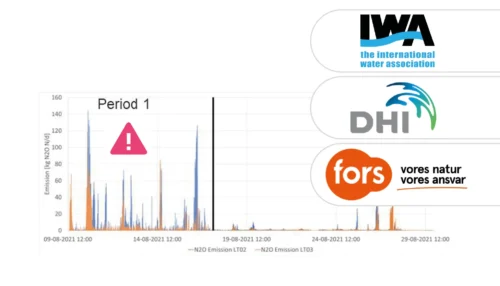
A study of three very different WWTPs in Denmark: Bjergmarken (125,000 PE), Holbæk (60,000 PE), and Hvalsø (11,570 PE)
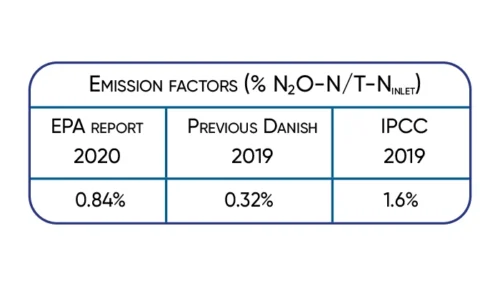
The available data show that the nitrous oxide emission varies in time and between wastewater treatment plants.
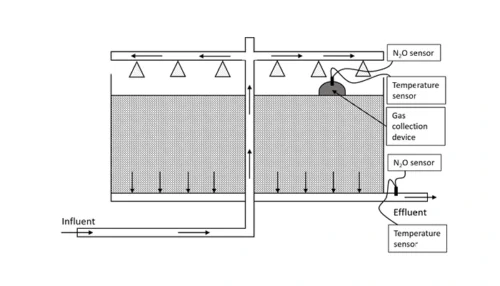
Information regarding N2O emissions from trickling filters is limited, partly caused by the difficulties in capturing off-gases.
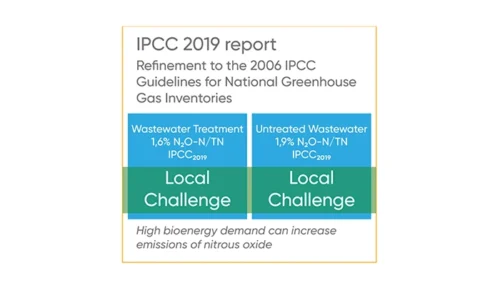
Significant 3-fold increase in IPCC2019 wastewater N2O emission factor supported by Danish studies.

